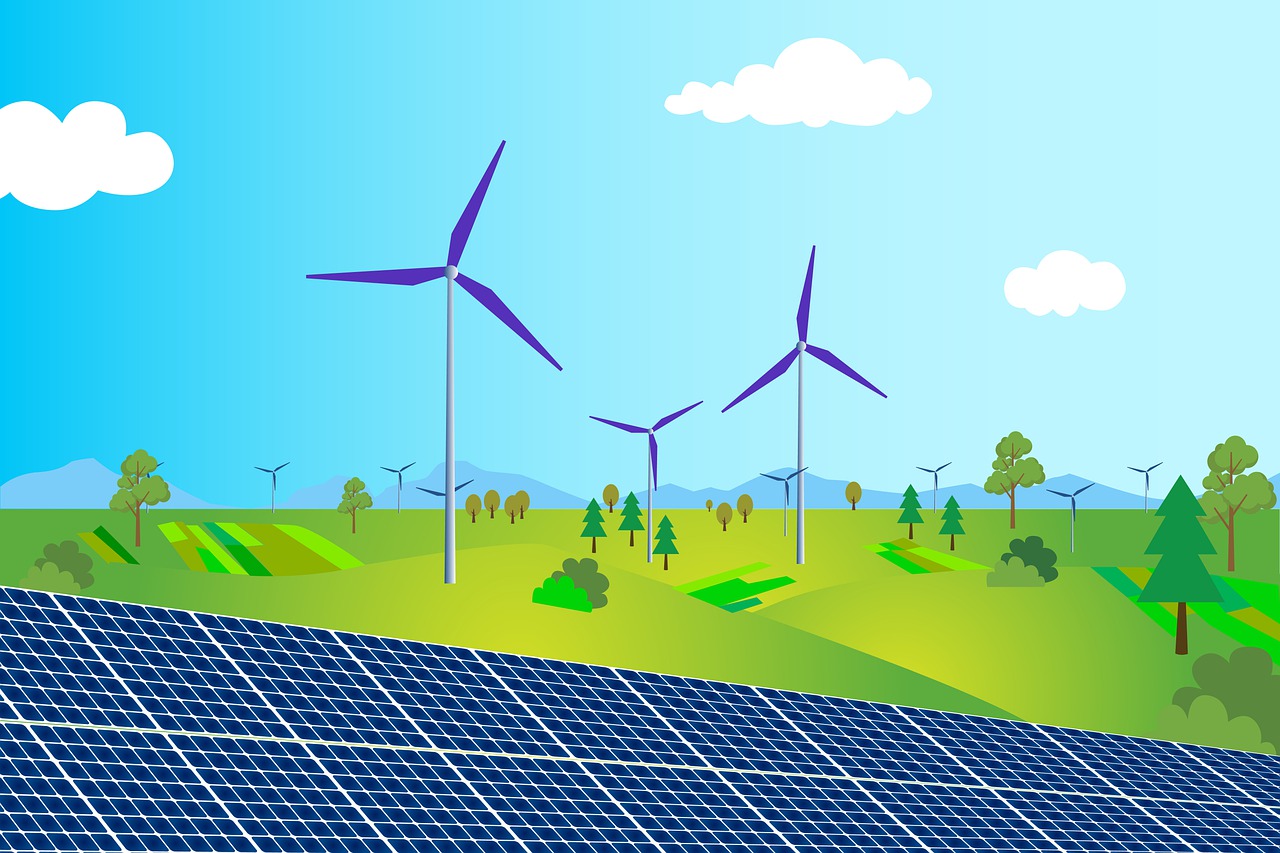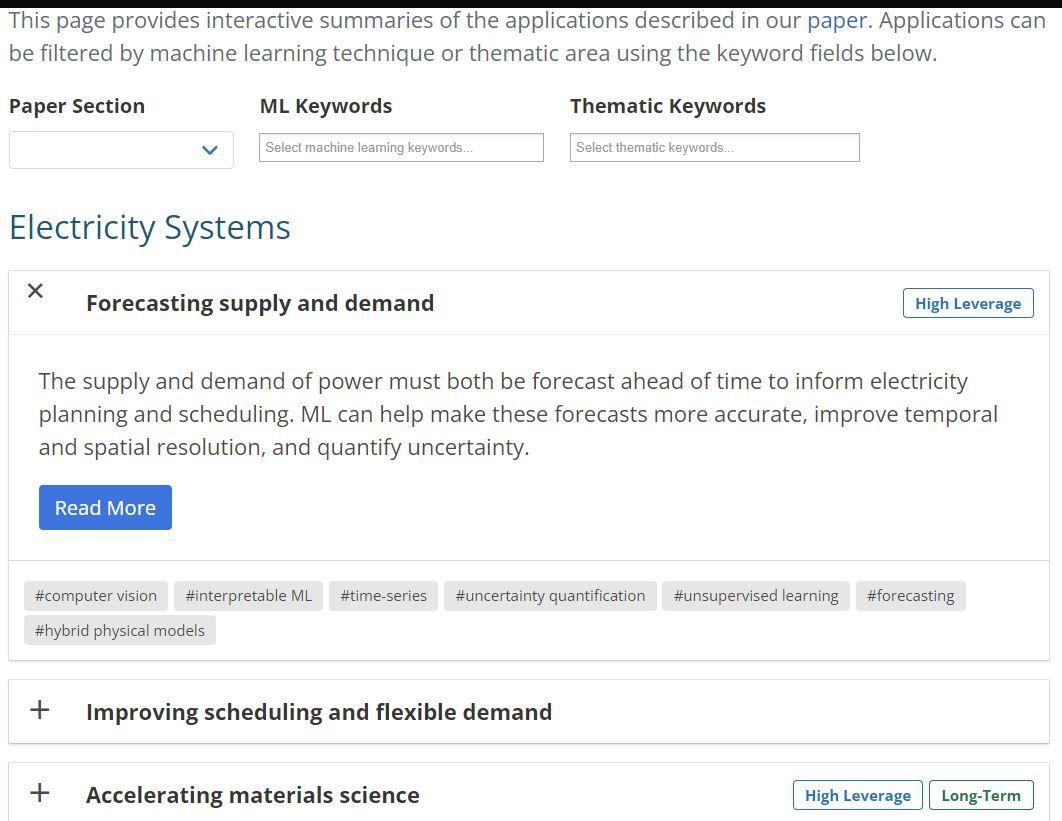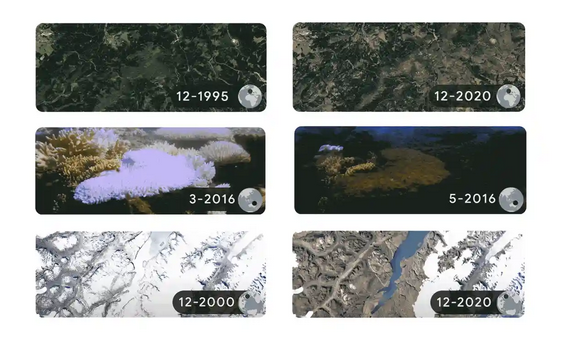Welcome to Nural's newsletter where you will find a compilation of articles, news and cool companies, all focusing on how AI is being used to tackle global grand challenges.
Our aim is to make sure that you are always up to date with the most important developments in this fast-moving field.
In this edition we have collected information about the climate crisis that was published in the run up to Earth Day on 22 April 2022
- 100,000 mangrove trees to be planted with the help of ML
- Meta uses AI to help address the climate crisis
- and Climate Change AI resources
If you would like to support our continued work from £1 then click here!
Graham Lane & Marcel Hedman
Key Recent Developments
Can AI help resuscitate Mozambique's mangrove forests?

What: As a result of climate change, tropical storms and cyclones are becoming frequent in Mozambique. The government is working vigorously to make the country’s coastal communities resilient to the effects of global warming. One project with a partner called Blue Forest addresses coastal reforestation aiming to plant 100 million mangroves in the next 30 years offsetting 200,000 tonnes of CO2 annually. They are using AI and other technological advancements to identify key hot spots in coastal Mozambique where restoration is most needed.
Key Takeaways: The project is an example of carbon offset in action. It will be financed by the sales of carbon credits generated through the reforestation activities over the 30-year period of the partnership. Any proceeds will be used for the development and building of the local communities. Crucially it demonstrates AI and its effectiveness in optimization problems.
How Meta is using AI to focus on more sustainable technology

What: Meta (formerly Facebook) AI published a blog post and an accompanying video explaining how they are using AI to address the climate crisis. The blog provides the example of Meta’s collaboration in the Open Catalyst Project, which uses AI to model and discover new catalysts. These are crucial to developing better ways of storing electricity that is produced by intermittent renewable energy sources such as wind and solar.
Researchers at Meta are also developing computer vision systems to interpret satellite imagery and produce high-resolution maps of the world’s forests. The aim is to estimate the carbon stored in forested areas, which would improve the ability to assess the impact of reforestation efforts.
The posting also discusses steps within the company to improve energy efficiency even though they are already using 100% renewable energy.
Key Takeaways: Large AI models and, more broadly, the big tech companies, have been widely criticised for pursuing a growth strategy that is environmentally unsustainable. It is encouraging that Meta are publicising their commitment to environmental sustainability even as the company battles with other ethical challenges.
Blog: How AI is helping address the climate crisis
Climate Change AI - interactive summaries and video tutorials

What: Tackling climate change with machine learning is a major, recent ACM Computing Survey. It describes approximately 80 different applications of ML to address the climate crisis. The Climate Change AI website now provides a means to search the report for ML and thematic keywords and to view summaries of relevant sections

The Climate Change AI website also provides two 45 minute video tutorials:
- one is an introduction to climate change for ML practitioners;
- the other is an in-depth introduction about ML that would be suitable for climate change researchers.
AI Ethics
🚀 AI is creating a new colonial world order
An MIT Technology Review series investigates how AI is enriching a powerful few by dispossessing communities that have been dispossessed before. With case studies from South Africa, Venezuela, Indonesia, and Aotearoa (New Zealand).
🚀 Why it’s so damn hard to make AI fair and unbiased
A thoughtful article exploring different concepts of bias and competing notions of fairness.
🚀 AI’s future is packed with promise and potential pitfalls
A report from the Stanford University Human-Centered AI spring conference. A sample quote from Rob Reich, Stanford professor of political science: “AI scientists [are] like late-stage teenagers who have just come into a recognition of their powers in the world, but whose frontal lobes are not yet sufficiently developed to give them social responsibility.”
The full conference video is now available.
Other interesting reads
🚀 Google Doodle marks Earth Day 2022 with stark images of climate crisis

🚀 Wildlife photos are a new treasure trove for AI-driven conservation research
Computer vision is being used to scan images to collect conservation information about animal populations at an unprecedented scale. In August 2021, 17 million images were analysed automatically.
🚀 Accelerating climate change mitigation with ML: the case of carbon storage
A technical description of the use of ML in simulations that identify geological sites suitable for storing CO2 that has been captured from the air.
Cool companies found this week
Environment
Blue Forest - Has a mission to “Bring Innovation to Reforestation” and has announced a new project restoring mangrove forests in Mozambique by leveraging AI and carbon capture with the aim of planting between 50 – 100 million trees. Blue Forest projects are financed through carbon credits.
Digital twins
Maxar and blackshark.ai - announced a collaboration to create a 3D digital twin of the entire planet that is continually updated. Maxar provides a global cloudless satellite imagery base map. Blackshark.ai will transform this into a semantically labelled digital twin, making it easier to use in various simulation use cases. The venture raised $20 million in seed funding in November 2021 but financial details of the new arrangements were not made public.
Smart buildings
PassiveLogic - has developed a platform that can generate a digital twin of a building and then “utilize new autonomous technologies, machine learning and easily configurable software to help streamline the implementation and management of building controls systems”. The company raised $34 million in January and has now raised an additional $15 million.
And finally ...
Full Level 5 autonomous driving … on Mars
(so we can’t call it a “World First”)
AI/ML must knows
Foundation Models - any model trained on broad data at scale that can be fine-tuned to a wide range of downstream tasks. Examples include BERT and GPT-3. (See also Transfer Learning)
Few shot learning - Supervised learning using only a small dataset to master the task.
Transfer Learning - Reusing parts or all of a model designed for one task on a new task with the aim of reducing training time and improving performance.
Generative adversarial network - Generative models that create new data instances that resemble your training data. They can be used to generate fake images.
Deep Learning - Deep learning is a form of machine learning based on artificial neural networks.
Best,
Marcel Hedman
Nural Research Founder
www.nural.cc
If this has been interesting, share it with a friend who will find it equally valuable. If you are not already a subscriber, then subscribe here.
If you are enjoying this content and would like to support the work financially then you can amend your plan here from £1/month!

